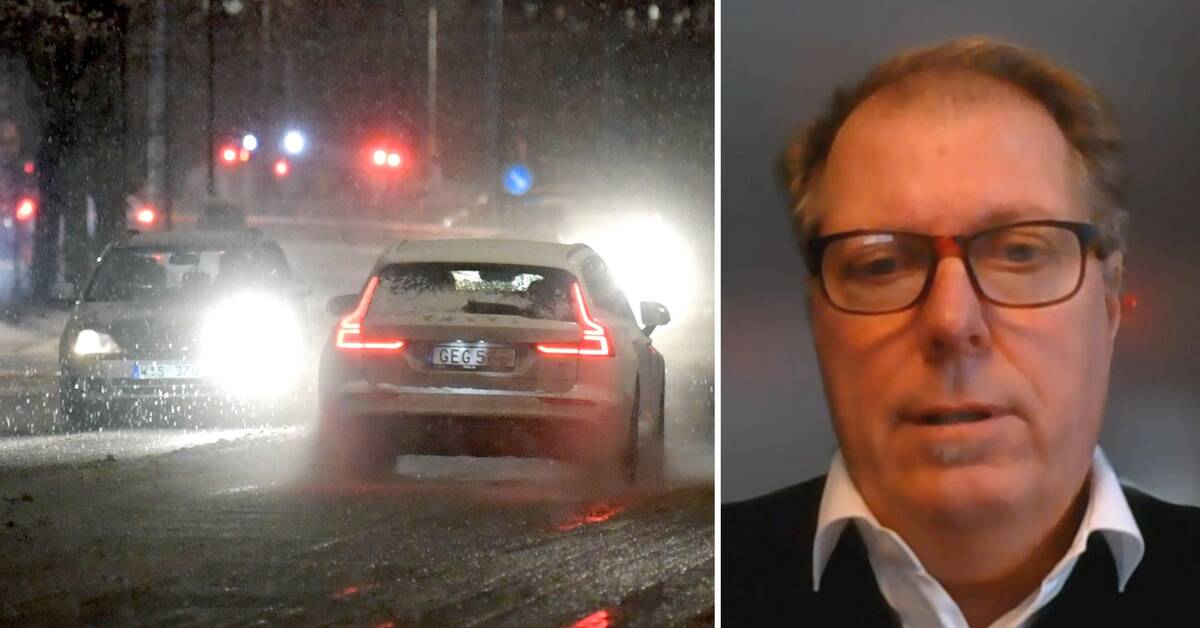Before there was an EU requirement that all new car models be equipped with so-called Ecall, calculations said that 1,500 lives a year would be saved thanks to the technology.
But Björn Skoglund, operations specialist at SOS Alarm, does not know any figures on how it turned out.
- I thought it could be helpful in the event of a single vehicle accident where the driver has driven off the road, cannot reach his mobile phone and is not visible from the road.
But I don't know of more than a few such cases that we have received, he says.
Thousands of false alarms
From 2018 to 2021, 2,851 automatically triggered alarms have come in to SOS.
Of these, 462 were judged to be real alarms, which corresponds to 16.2 percent.
The manual alarms, i.e. when someone presses the car's alarm button, were 8,542 until last year.
161 of them were real alarms, i.e. 1.8 percent.
As more cars get the technology, there will also be more alarms for SOS.
- We always assess the alarms based on what we hear what is happening in the car.
It is quite common for the alarm to come from a workshop and then we hear a radio and the clatter of tools in the background.
If someone moans, we hear screams or it's completely quiet, we always send out an ambulance.
Same problem throughout the EU
The manual fault alarms usually involve children or dogs pressing the alarm button, or it being mixed up with the adjacent button which in some car models is for contacting the workshop.
- Of the 14 EU countries I have contact with, it is the same problem in all countries.
What do you think about the accuracy being so low?
- The problem is that the ambulance sent out could be needed elsewhere, perhaps on an alarm about a person with chest pains.
That's the stupid thing about the false alarms.
Would it be better if the technology didn't exist?
- That is difficult, because while it is a burden, it saves lives.
Certainly to a lesser extent than I had hoped for, but one human life is still enough for us to continue with the technology.
During the autumn, self-alarm telephones have also arrived. In the clip, Björn Skoglund talks about how it worked with these alarms in the first months.

